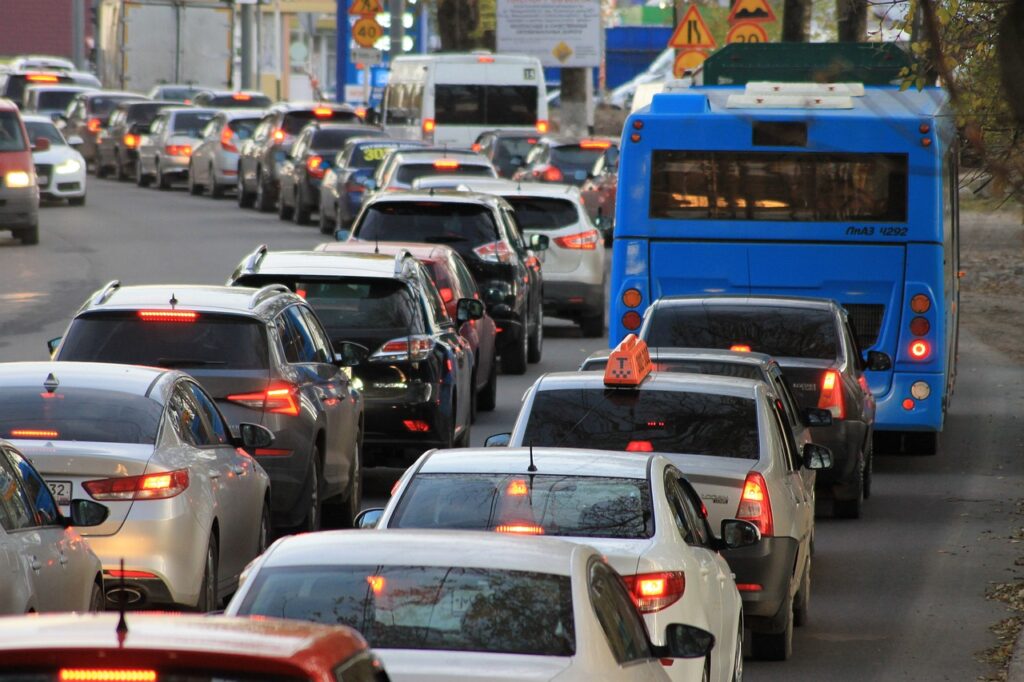By Gabriella Porelli,
In the dynamic tapestry of urban life, the persistent hum of activity isn’t just a background noise—it’s a tangible issue known as noise pollution. As cities evolve, the cacophony accompanying them poses significant challenges to residents and the environment. This article explores the impacts of noise pollution in cities and suggests measures to diminish its adverse effects.

The Impact of Noise Pollution:
Health Concerns: Excessive noise levels have been linked to various health issues, including stress, sleep disturbances, and an increased risk of cardiovascular diseases. The constant exposure to traffic noise, construction activities, and other urban sounds can take a toll on both physical and mental health.
Environmental Impact: Noise pollution not only affects humans but also disrupts the natural habitats of wildlife. Urban fauna often face challenges in communication, mating, and finding food due to the interference caused by human-generated noise.
Decreased Quality of Life: Residents of noisy urban areas often experience a decreased quality of life. Noise pollution can hinder concentration, productivity, and overall satisfaction with the living environment.
Mitigating Noise Pollution:
Urban Planning and Design: Implementing thoughtful urban planning and design can play a crucial role in reducing noise pollution. This includes creating green spaces, pedestrian-friendly zones, and sound barriers. Well-designed public spaces can act as buffers against the noise generated by traffic and other urban activities.
Traffic Management: Reducing traffic congestion and implementing traffic management strategies can significantly lower noise levels. Encouraging public transportation, cycling, and walking can contribute to a quieter urban environment.
Enforcement of Noise Regulations: Stringent enforcement of noise regulations is essential for curbing excessive noise in cities. Establishing and strictly implementing noise limits for various activities, including construction and public events, can help maintain a more peaceful urban atmosphere.
Community Engagement: Raising awareness among residents about the impacts of noise pollution and involving communities in decision-making processes can foster a collective effort to address the issue. Encouraging responsible behavior, such as limiting loud gatherings, contributes to a quieter and more harmonious urban landscape.
Technological Solutions: The development and implementation of noise-reducing technologies, such as low-noise pavements, sound-absorbing materials, and quieter machinery, can play a pivotal role in mitigating the adverse effects of urban noise pollution.
As cities continue to expand, the need to address noise pollution becomes increasingly urgent. By adopting a combination of urban planning strategies, technological innovations, and community engagement, cities can strive towards creating environments that are not only vibrant and dynamic but also conducive to the well-being of their inhabitants. Quieting the urban symphony requires a collective commitment to balance progress with a harmonious and peaceful coexistence.
Source: World Environment Magazine
